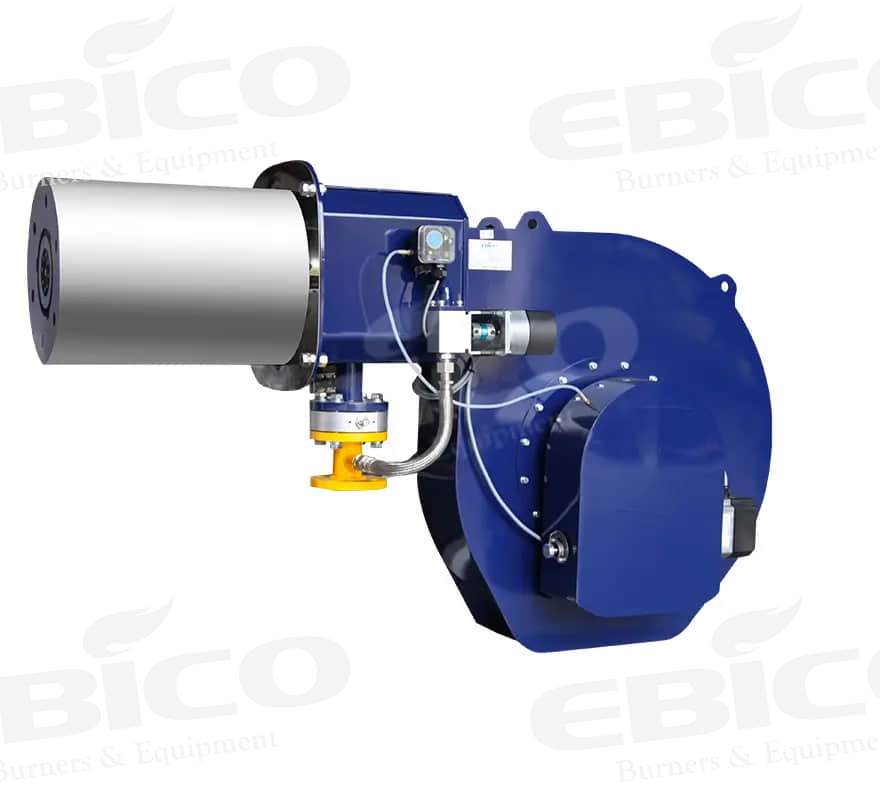Common Combustion Modes Of Boiler Burners
Common Combustion Modes Of Boiler Burners
At present, natural gas boilers are widely used and have become the focus of energy conservation and environmental protection transformation in the thermal industry. Do you know how the burner of your natural gas boiler burns? What we are going to talk about today is the combustion mode of natural gas boiler burners.

1. Diffusion combustion
The diffusion combustion method is not premixing but burning the gas after diffusing it at the nozzle mouth.
Advantages: the combustion method is simple and the flame is relatively stable without premixing.
Disadvantages: due to the long flame, incomplete combustion is easy to occur, which will produce a large amount of carbon monoxide and nitrogen oxides, which is not conducive to the full utilization of boiler fuel and the improvement of boiler thermal efficiency, and it is difficult to meet the boiler emission standard.
2. Full premixed combustion mode
Full premixed combustion means that natural gas is mixed with air before combustion, and then enters the burner for mixed combustion.
Advantages: premixed air and gas, multi-radiator heat transfer, improved heat transfer intensity. The advantages of this combustion method are that the combustion flame is clearer and the thermal efficiency is higher.
Disadvantages: the combustion premixed ratio requires accurate combustion speed, uniform combustion, and full radiation heat transfer.
3. No flame burning
In the combustion chamber, the combustion method of uniform mixing of the pre-combustion space and the gas furnace is adopted. When this method is adopted, the oxygen required for gas combustion does not need to be obtained from the surrounding air, and the combustion can be completed immediately as long as the mixture with air reaches the combustion zone.
Advantages: flameless combustion is a mild combustion mode under low oxygen dilution conditions, which is characterized by low reaction rate, less local heat release, uniform heat flow distribution, a small temperature difference in the furnace, low combustion peak temperature, minimal noise, and small NOx generation.
